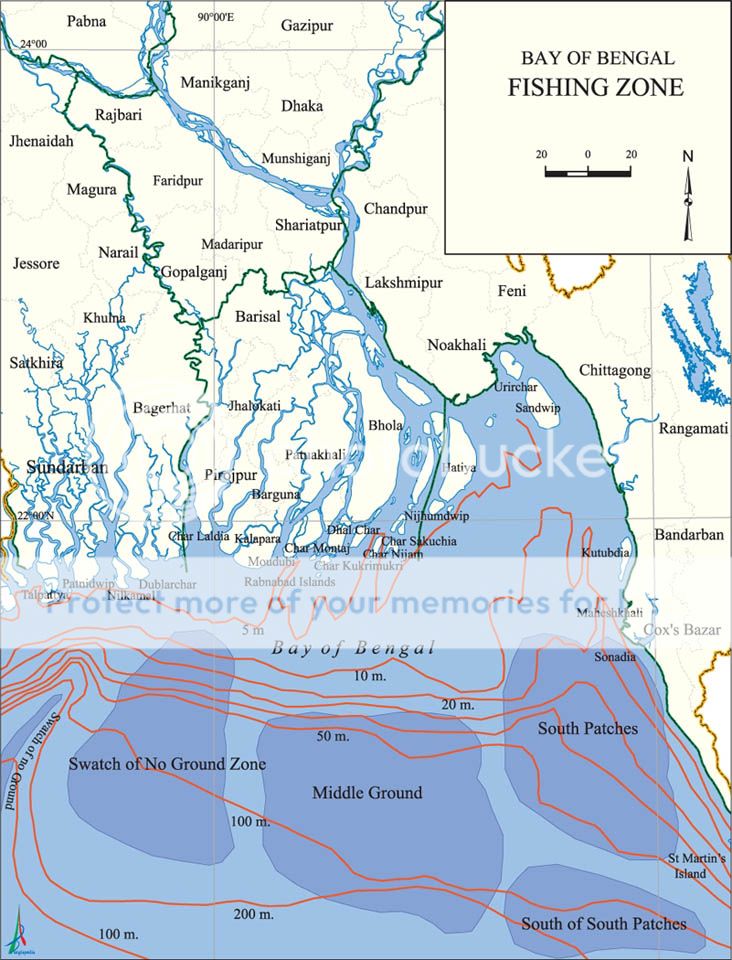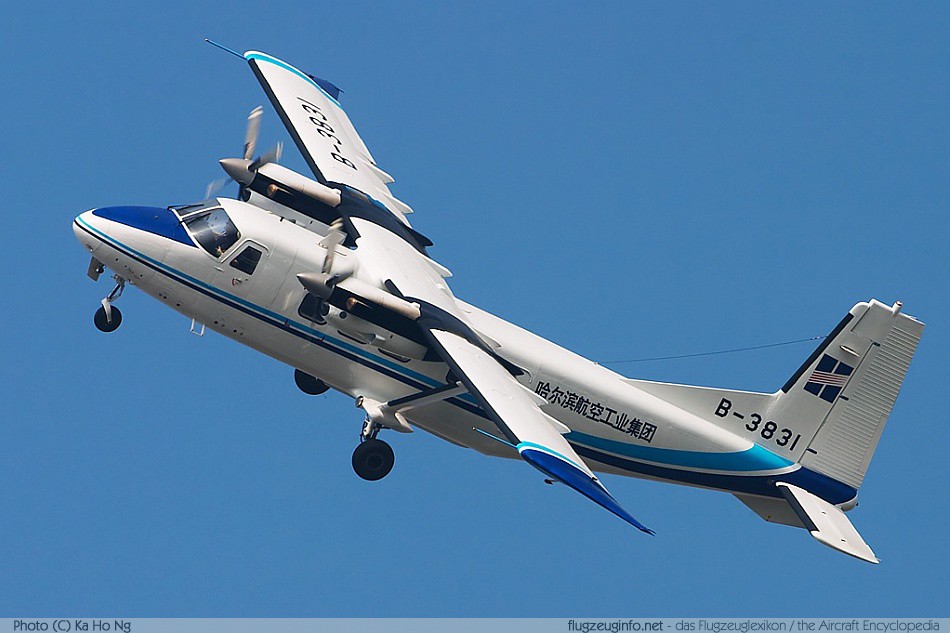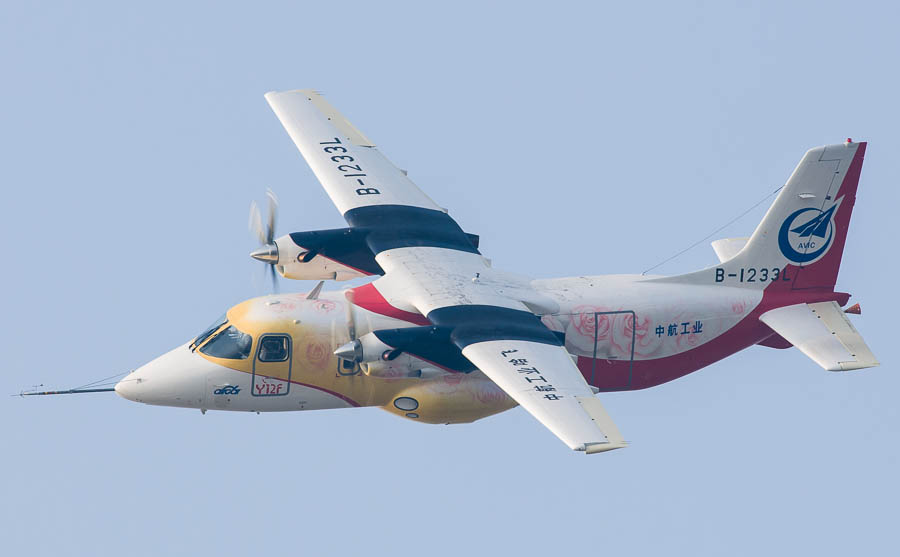The follow-on or successor to the WMEC Medium Endurance cutter is the WMSL or Legend class cutter launched around 2012. At 120 metres LOA, this is a little larger than the WMEC class however we can easily enforce our 200 mile EEZ zone for oil exploration with a couple of these boats and leave the Navy with better things to do than EEZ patrol. Here's a Legend class cutter image showing the design with Helicopter pad/storage, RIB launch facility and recovery. Again, very easily built at local shipyards. But we can't keep giving the Navy the job of protecting EEZ.
littoral warfare.....
littoral warfare has more to do with the threat environment to be expected in littoral areas..... the most significant aspect of littoral environment is that being close to the shores, you can expect smaller crafts or shore-based short-range aircraft.... this is usually not present in deep sea operations.... ASW in littoral areas is also different, and more difficult due to shallow waters and also water temperature layers (as most littoral areas of interest are in tropical and sub-tropical areas).... mines also play a much more prominent role in littoral environment due to shallow depth..... ship design for littoral waters need to consider these..... the US Navy's JHSV Spearhead-class ships are a prime example of such considerations.... the ships are designed with a draft that would allow them to enter river areas with shallow depth.... their support ships are likely to be the LCS-series vessels..... but these are considerations for navies that are obsessed with power projection far away from home.... getting involved in hostile littoral areas..... our considerations are totally different, as we're to follow our requirements....
deep-sea operations.....
deep-sea operations are more to do with sea-keeping and endurance.... OPVs are usually designed with great sea-keeping abilities..... out Island-class OPVs can maintain 12-15kt in Force 8 gale.... such weather is to be discovered by a ship if it stays in deep sea for long enough.... a coastal patrol craft will always be close to shore and come back to port quickly by the sight of any unfavourable weather..... a deep-sea vessel can't do that.... it has to weather the storm....
cost vs effectiveness....
due to budget constraints, our navy has to look towards ships with multiple roles.... especially ships that have a very prominent peacetime as well as a wartime role..... Durjoy-class ships and Type 056 corvettes are prime examples of that.... these are designed for deep-sea patrol, but are armed in a way that they can encounter hostile naval forces if required.... these ships are not extraordinary on their own, but they can form a significant part of battle groups and convoys.... these are economical ships, as they can perform a very important peace-time role, that is - deep sea patrol..... our River-class minesweepers are also very economical in the same way, as they are excellent for deep-sea patrol.... two roles in one ships.... thats the way to go....
we can't compare ourselves with the US.... their Coast Guard doesn't have to face any naval threat.... so, they don't require the USCG ships to be armed with missiles.... WMEC cutters are too small for our frigate/corvette requirement.... you can't fit either SSMs or SAMs on those.... and spending a lot on each OPV isn't an option for us.... in a heavily populated area like ours, you have to increase frequency of patrols.... to ensure that, you have to have more shorter-range ships on patrol that just a few ships with extremely long endurance.... 4-8 Durjoy-class vessels are more suitable that 2-3 larger ships that are not capable of carrying any extra weaponry for encountering hostile naval forces....
our navy is struggling to patrol the newly acquired sea territory..... our fish resources are being destroyed by our neighbours.... we need lots more ships for patrolling the Bay and more MPAs.... its a matter of our economic survival....
AKhtar Habib visited AVIC HAIG four days ago
孟加拉国海军基地司令访问哈飞
literally translated, it means this:
"On August 18, the Bangladesh Naval Base Commander major general AKhtar Habib visited AVIC hafei, toured the Assembly plant and flight testing, a detailed understanding of the Zhi-9 helicopters and Yun-12 aircraft and boarded a transport-12F- view cabin interior structures, and hafei officials had an in-depth exchange of two types of machine performance, usage,installation modifications, and soon. AKhtar said Habib, hafei produces DC-9 and Yun-12 compared with other similar models, cost-effective and meet the needs of developments of the Bangladesh Navy, and hoped that both sides will further strengthen cooperation."
this indicates that Z-9 helos are finally making some noise..... and another interesting addition is the Y-12F.....
this is what Y-12F is: "The latest development with almost everything redesigned: wider fuselage, new wings, retractable landing gear and more powerful engines. The turbine engines are more powerful PT6A-65B. Due to all the improvement, Y-12F has high cruise speed and long range, it can accommodate 19 passenger or carry cargo in 3 LD3 containers. The design started at April 2005 and maiden flight in December 2009. It has been also demonstrated during the 2012 Zhuhai International Aviation Show."
not sure what the Y-12 is for.... it can be for utility use or even maritime SAR.... the aircraft has a longer range than our Do-228NG....























